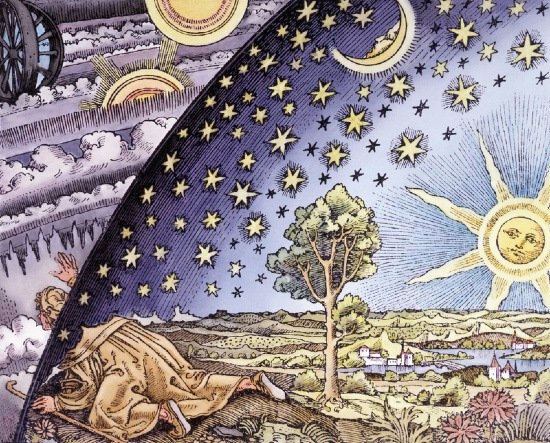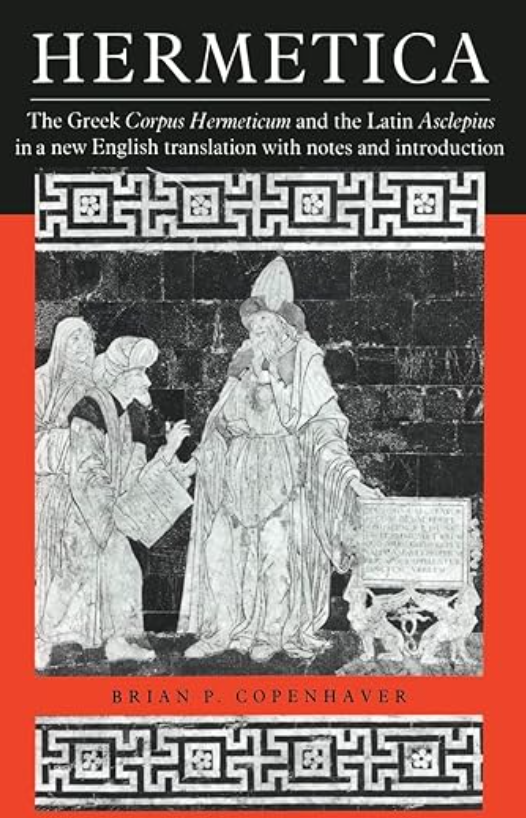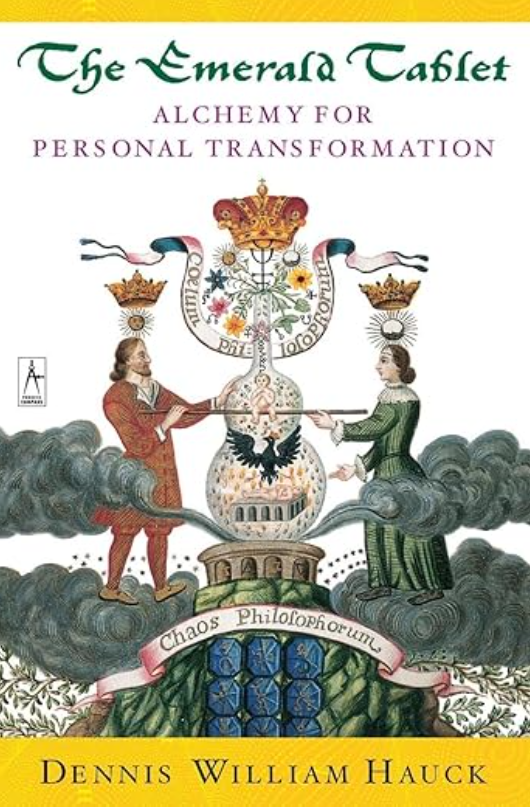
Hermeticism FAQs
Hermeticism & Gnosticism
A Comparison Between These Two Paths to Inner Truth
If you're exploring esoteric traditions, it's easy to get Hermeticism and Gnosticism confused. Both offer a path to self-knowledge and liberation, but they stem from different worldviews. This guide will help you understand the core similarities, key differences, and how each system approaches the soul’s journey.
-
Rooted in ancient Egypt and Hellenistic Greece
Based on texts like the Corpus Hermeticum and the Kybalion
Teaches that all is mind, and humans are divine co-creators
-
Emerged in early Christian and Jewish mystical circles
Based on secret teachings and gospels (e.g., Gospel of Thomas)
Views the material world as a trap created by a false god
The Key Differences of Hermeticism vs. Gnosticism
Mind vs. Matter
The “Cliff Notes”:
Hermeticism sees the world as divine and symbolic
Gnosticism often sees the world as flawed or deceptive
One seeks mastery through alignment with universal laws, the other seeks escape through gnosis
At the heart of Hermeticism is the belief that the universe is divine, intelligent, and purposeful. The world isn’t something to escape, but rather a sacred mirror—rich with symbolism—through which we come to know ourselves and know God. Hermetic thought teaches that all is mind, and by aligning with the laws of the universe (such as polarity, rhythm, and cause and effect), we can become conscious co-creators, mastering both our inner world and our external reality. The material plane is not seen as evil or fallen, but as an essential arena for growth and self-realization.
“As above, so below; as below, so above.”
— Corpus Hermeticum, Libellus II
Gnosticism, by contrast, holds a more dualistic view. Many Gnostic traditions teach that the physical world was created by a lesser, imperfect deity (the Demiurge), and is inherently flawed or deceptive—a prison for the soul. The true spiritual realm exists beyond this world, and salvation comes through gnosis—a direct, inner knowing of divine truth. Gnosticism often emphasizes detachment from worldly concerns and the awakening of the divine spark within, which has been trapped in the material realm.
“The world is a corpse, and those who eat from it die.”
— Gospel of Thomas, Saying 56
“Ignorance is the mother of all evil... Those who are in the truth are immortal.”
— The Gospel of Philip
In essence, Hermeticism seeks to master the world by understanding and working with it, while Gnosticism seeks to transcend the world by piercing through its illusions. One path honors the universe as sacred geometry in motion; the other urges the soul to remember its origin beyond all form.
Did Hermeticism Influence Gnosticism? A Look at Their Shared Origins
To truly understand the relationship between Hermeticism and Gnosticism, we must step back into the rich spiritual melting pot of the Hellenistic era—a time when Greek, Egyptian, Jewish, and early Christian ideas coexisted and cross-pollinated in cities like Alexandria.
Both Hermetic and Gnostic texts emerged around the first few centuries CE, written in Greek and steeped in the intellectual climate of late antiquity. They grappled with similar existential questions: What is the nature of reality? Why are we here? How do we return to the divine? It's no coincidence that both traditions use cosmic hierarchies, mythic storytelling, and esoteric knowledge as keys to spiritual awakening.
Some scholars argue that Hermeticism and Gnosticism reflect different responses to the same spiritual crisis—a sense of alienation in a changing world. Where the Hermetic initiate seeks mastery through understanding the divine order of creation, the Gnostic seeks liberation from that very creation, which is often portrayed as a flawed or counterfeit cosmos.
Despite these differences, they sometimes share language, symbolism, and even mystical techniques. The idea of a “divine spark” within the human, or the ascent of the soul through celestial realms, appears in both traditions. It’s likely that early practitioners may have encountered and integrated ideas from both systems, blending them in ways that modern categorization doesn’t always capture.
Today, exploring these two spiritual lineages side by side allows us to see how multiple wisdom streams flowed through the same historical riverbed, each offering a distinct but complementary map of the soul’s journey.
Why Study Both?
Each tradition—Hermeticism and Gnosticism—offers profound insight into the nature of reality, the soul, and the journey toward truth. Whether you’re drawn to the Hermetic path of self-mastery, where the universe is a divine reflection of mind and law, or the Gnostic call to awaken from illusion and return to your spiritual origin, both systems invite deep contemplation and transformation.
This comparison isn’t meant to sway your belief, but rather to illuminate the rich diversity of esoteric thought that has shaped human spiritual inquiry for millennia. As students of the mystery traditions, we benefit from learning how different philosophies ask similar questions in unique ways. When explored with sincerity, these teachings can expand our awareness, deepen our discernment, and help us walk with greater purpose—whatever path we choose.
🔍 Explore More Esoteric Comparisons
Curious how Hermetic thought compares to other spiritual traditions? Continue your journey of discovery:
What Is Hermeticism? (Beginner’s Guide) →
Hermeticism vs Christian Mysticism →
Hermeticism vs Law of Attraction →
Note: Spiritual exploration of various thought systems isn’t to decide which one is “better” or more correct—it’s to expand your lens. Each tradition offers a unique language for describing the journey of the soul, the structure of the universe, and the human potential for awakening.
In true Hermetic fashion, learning from multiple wisdom traditions is a path to greater discernment, wholeness, and integration. Let these teachings be mirrors, not rules—tools that help you clarify your own experience of the divine.
Recommended Texts for Students of Hermeticism
-

Corpus Hermeticum
A collection of dialogues between Hermes and his disciples, covering topics such as the nature of the divine, the creation of the universe, and the path to spiritual enlightenment. It explores the relationship between the divine mind and human consciousness, offering a path toward spiritual awakening.
-

Emerald Tablet
A cryptic and poetic text that contains some of the most famous Hermetic aphorisms, including "As above, so below." This phrase encapsulates the Hermetic belief in the interconnectedness of all things and the idea that the microcosm (human experience) reflects the macrocosm (the universe).
-

The Kybalion
This text presents the foundational teachings of Hermetic philosophy. It outlines the 7 universal principles that govern the nature of reality, providing insight into the workings of the universe with practical guidance for spiritual growth, self-mastery, and understanding the deeper truths of existence.
The Power of Lineage.
The tools, healings and secrets of the ancient mystery school traditions were once veiled, known only to the privileged elite—royalty, artists, scholars.
In these remarkable times, the doors are now open to the public, with wisdom unveiled for all who seek to take the journey on the path of self-mastery that has illuminated the minds of history's brightest souls…
Leonardo DiVinci, Nicola Tesla, David Bowie… These are just some of the remarkable people who studied in the mystery school tradition.
Are you ready?

